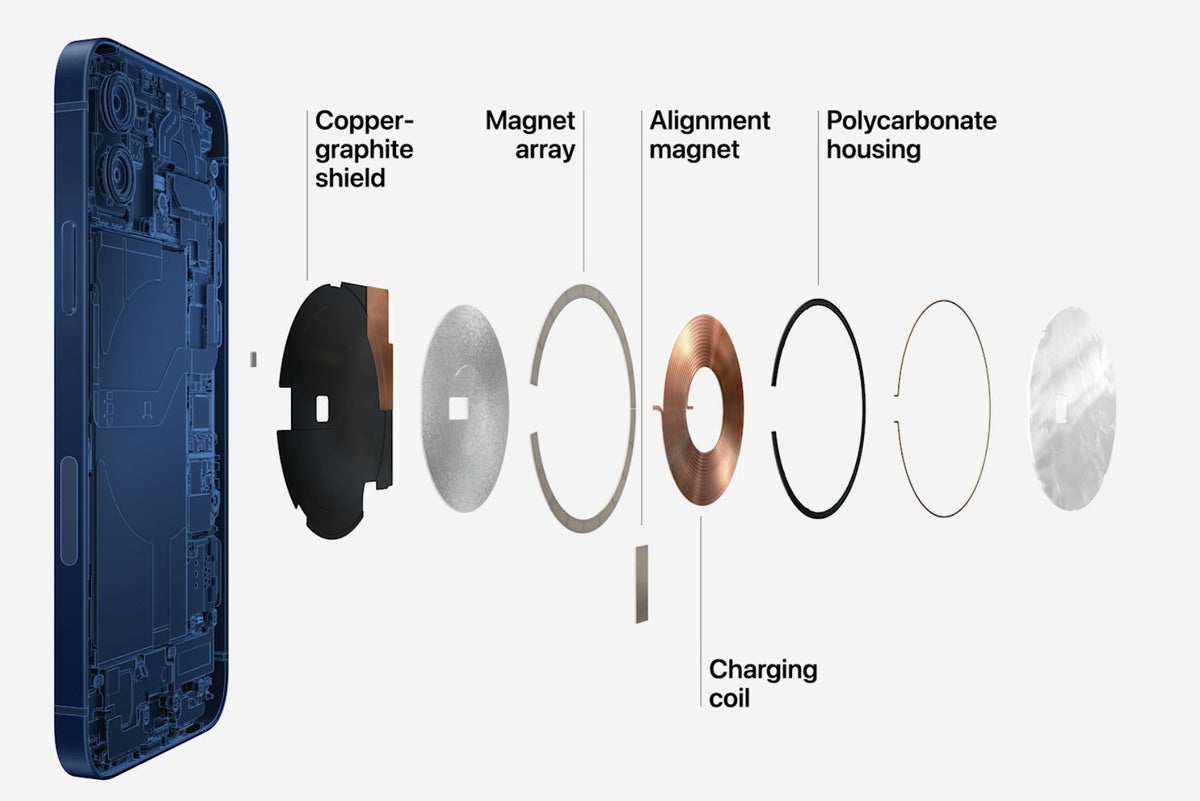Apple is serious about sustainability, which is important if you want billions of smartphone users to move to wireless charging. That likely explains why it has put its MagSafe tech forward as a standard for use by others via the Wireless Power Consortium (WPC).
Apple’s MagSafe is all aboard the Qi2
Wireless chargers use more energy (up to 39% more) than wired chargers to pump power into phones. Granted, phones don’t consume vast quantities of power on a per unit basis, but when you multiply billions of phones by 39% wasted power, you’re looking at a significant amount of squandered electricity.
To put that into a scale that makes sense, I’ve come across one report that estimates it already takes the full capacity of nearly 100 of the world’s power plants to charge smartphones each day.
So how we charge these devices is important.
What MagSafe does
Apple’s MagSafe tech does a better job of making a connection between the device and the charging point. It does this by automatically ceasing the process if the device is dislodged and makes for less wasteful energy transfer while the process is taking place. That reduces the quantity of power wasted in wireless charging.
The other side of the equation is that wireless power is more elegant, easier to deploy outside and in, and wide proliferation of efficient wireless power systems could have implementations in many different spaces — consumer goods, certainly, but also in pro systems, live event production, even building construction. Because as the tech improves, numerous devices will use of it.
Wireless power for the rest of us?
Apple invests in energy across the lifecycle of its products: It invests in energy production, continues to improve energy consumption and invests in power delivery technologies, such as MagSafe.
So Apple’s move to contribute its MagSafe tech to the evolution of the next-generation Qi2 standard matters.
Not only does it mean Apple users can expect more places where they can charge their devices as they go about their day, it also means Android devices will begin to use the same I/O.
It’s also the kind of tech direction we’ve expected manufacturers to follow as they react to European demands that electronic devices should ship with USB chargers.
The best way to follow that edict while remaining innovative is to abandon the concept of chargers entirely. But to do so, energy use must be constrained as that's the corporately responsible thing to do.
What is Qi2?
The WPC announced Qi2 at CES 2023. The standard is based on Apple’s MagSafe tech, which magnetically connects the device to the charger and holds both in place for a strong charge connection. It is possible at least some of this activity reflects research Apple invested in while attempting to develop its ill-fated AirPower system.
Qi2 features the Magnetic Power Profile that aligns the devices. This ensures that phones or other rechargeable battery-powered mobile products are perfectly aligned with charging devices, providing better energy efficiency and faster charging.
It will begin with 15W fast charging, though the WPC intends to support faster charging and higher wattage in future. That’s inevitable, particularly as new devices introduce support for Qi2 and reduce the amount of eWaste generated by old cables and broken chargers.
A second advantage is that as the connection is magnetic, it can be developed to fit a wider assortment of device shapes. At present, Qi requires a flat surface, while Qi2 can magnetically connect to other product designs. That largesse extends to Qi2 accessories.
Perhaps in a sign of things to come, the WPC uses AR/VR headsets as an example of the kind of new devices it has in mind.
Will Qi2 debut with iPhone 15?
The standards body also tells us it expects the standard to appear on smartphones and other products toward the end of 2023.
In theory, at least, that implies Apple will ship the first iPhones to support the Qi2 standard and suggests major Android vendors such as Samsung will also support it.
What the WPC says
“Energy efficiency and sustainability are on everyone’s minds these days,” Paul Struhsaker, executive director of the Wireless Power Consortium, said in a statement. “Qi2’s perfect alignment improves energy efficiency by reducing the energy loss that can happen when the phone or the charger is not aligned. Just as important, Qi2 will greatly reduce the landfill waste associated with wired charger replacement due to plugs breaking and the stress placed on cords from daily connecting and disconnecting.”
WPC has more than 350 members, including Apple, Samsung, and Dell.
Please follow me on Mastodon, or join me in the AppleHolic’s bar & grill and Apple Discussions groups on MeWe.






